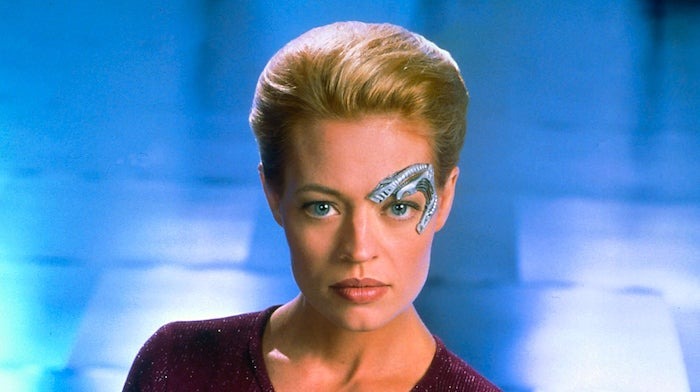
His intellectual curiosity and desire to explore manifests itself in his frequent hikes around Ressik and his attempts to investigate the unending drought that’s plaguing the planet.Eventually, his firstborn daughter joins him on these hikes, and they inspire her to become a scientist. Who he is as Picard has an impact on the life he lives as a villager.

“Now, I can’t imagine life without them.”Īlso Read: 'Star Trek' 101: The Weirdest Episodes, From Tribbles to The Rock (Videos)īut even as memories of life aboard the Enterprise wane in his mind as the simulation progresses, he doesn’t completely lose himself to Kamin. “I’d always thought I didn’t need children to make my life complete,” he muses. But in spite of this, Picard finds peace in the family he never even would have considered having in his normal life. Instead of a captain, he’s a regular citizen whose suggestions for addressing the town’s drought are shot down. Instead of an explorer, he’s a small-town metal worker. What he’s never considered is the prospect of having a family, and he’ll fully admit that he’s not good around children.īut in “The Inner Light,” Picard finds happiness in a life that is completely removed from his own. He is completely dedicated to seeking out new life and new civilizations, and when he’s not on duty as a captain, he’s diving into intellectual pursuits. He is a man defined by his duty and his commitment to Starfleet. To understand the power of this episode, we need to understand who Picard is. By the end of the episode, Picard has lived nearly 40 years of Kamin’s life while being unconscious for less than half an hour.

What he doesn’t know is that he is actually still unconscious on the bridge of the Enterprise, and that the probe is feeding this vision of another world and another life into his head. Eventually, though, he accepts that there is no way off the planet and begins to live out his life as Kamin. At first, Picard is alarmed by this news and tries to think of some way to contact his crew. Eline tells Picard that she is his wife and that he is Kamin, an iron weaver from the village of Ressik. When he wakes up, he finds himself on a planet called Kataan with a woman named Eline. In this episode, the Enterprise stumbles upon a mysterious probe that hits Captain Picard (Patrick Stewart) with an energy beam. This tale is “The Inner Light,” an episode of “Star Trek: The Next Generation” that originally aired in 1992 and is one of only four “Trek” episodes to win a Hugo Award.Īlso Read: 'Star Trek: Discovery' - Everything We Learned From Bryan Fuller's TCA Panel That’s why it’s fitting that the greatest episode of “Star Trek,” a franchise that is celebrating its 50th anniversary this month, is an episode that replaces the adventure of the starship Enterprise with the simple joys of a having a loving spouse and children. “What an incredible power…the ability to ‘grow up.'”

In a recent episode of “Steven Universe,” a show with magical pink lions and immortal gem warriors, a 6,000 year-old gem with the ability to fly praises humans for having superpowers of their own: “You’re allowed and expected to invent who you are,” she says. In “X-Men,” Professor X creates the Xavier Institute in part to give young mutants the chance to make friends, go to school, and enjoy the same normal childhood as the kids reading those Marvel comics. Sometimes these tales feature a protagonist like Luke Skywalker who leaves his normal life behind and gets a chance to exchange the dreary and dull for danger and destiny, and we as the audience are invited for a short time to imagine ourselves getting whisked away in the same way.īut ironically, many of these same stories end up putting a high value on the very things we take for granted in the everyday lives that escapism offers release from. A great deal of science fiction - at least that which leaves a big mark on pop culture - gets potential readers and viewers in the door with a promise of escapism.


 0 kommentar(er)
0 kommentar(er)
